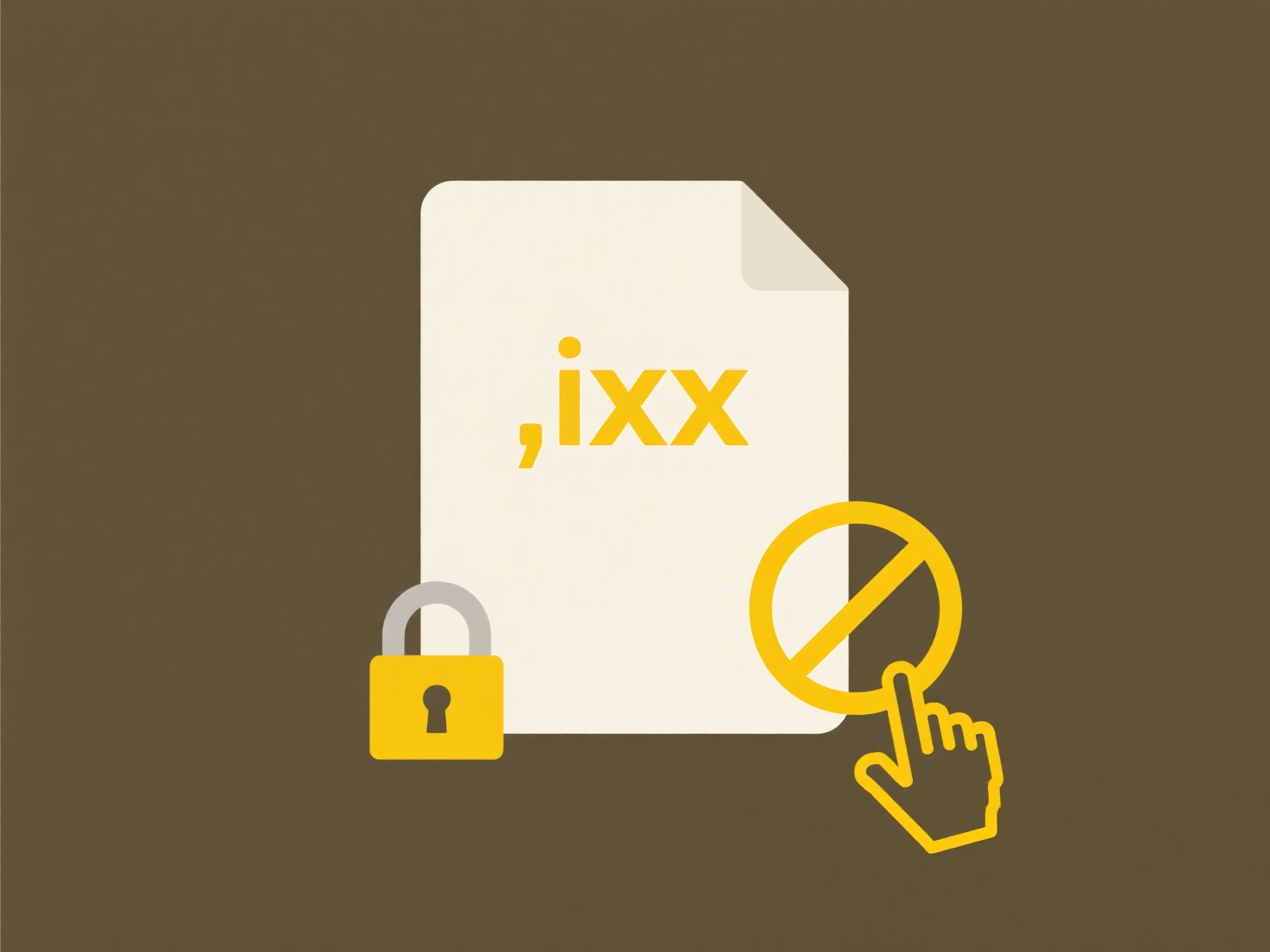
Including version numbers in file names is a practical approach to tracking document revisions directly through naming conventions. Instead of relying solely on metadata or version control systems, you explicitly add identifiers like "v1", "v2", or "v2.3" to denote updates. This allows users to instantly recognize the latest iteration or historical states without opening the file or requiring specialized software. Unlike relying on embedded file data, it remains visible in file explorers or shared folders.
This method is common in software development for assets like release notes ("UserGuide_v2.1.pdf") and documentation handoffs. Creative industries also use it when iterating designs ("Logo_Final_v3.ai") or handling client feedback on deliverables ("ProjectProposal_ClientEdits_v4.docx"). Even individual teams adopt it for shared spreadsheets like "Budget_Q3_v5.xlsx".

Key advantages include instant clarity on revision history and simplicity for non-technical users. However, limitations arise if naming conventions aren't enforced, causing inconsistencies. Manual updating risks human error like skipping versions. Ethical implications relate to transparency in auditing changes. Future-proofing involves combining file naming with automated backups to ensure traceability and integrity.
Can I include version numbers in file names?
Including version numbers in file names is a practical approach to tracking document revisions directly through naming conventions. Instead of relying solely on metadata or version control systems, you explicitly add identifiers like "v1", "v2", or "v2.3" to denote updates. This allows users to instantly recognize the latest iteration or historical states without opening the file or requiring specialized software. Unlike relying on embedded file data, it remains visible in file explorers or shared folders.
This method is common in software development for assets like release notes ("UserGuide_v2.1.pdf") and documentation handoffs. Creative industries also use it when iterating designs ("Logo_Final_v3.ai") or handling client feedback on deliverables ("ProjectProposal_ClientEdits_v4.docx"). Even individual teams adopt it for shared spreadsheets like "Budget_Q3_v5.xlsx".

Key advantages include instant clarity on revision history and simplicity for non-technical users. However, limitations arise if naming conventions aren't enforced, causing inconsistencies. Manual updating risks human error like skipping versions. Ethical implications relate to transparency in auditing changes. Future-proofing involves combining file naming with automated backups to ensure traceability and integrity.
Quick Article Links
How do I export high-resolution images?
Exporting a high-resolution image involves saving a digital photograph or graphic in a way that preserves significant de...
How do I search a specific file within a PDF reader?
Searching within a specific PDF file means using a tool built into your PDF reader application to locate particular word...
How do I search code files by function or variable name?
Searching code files by function or variable name involves using specialized tools to locate the precise point where tho...